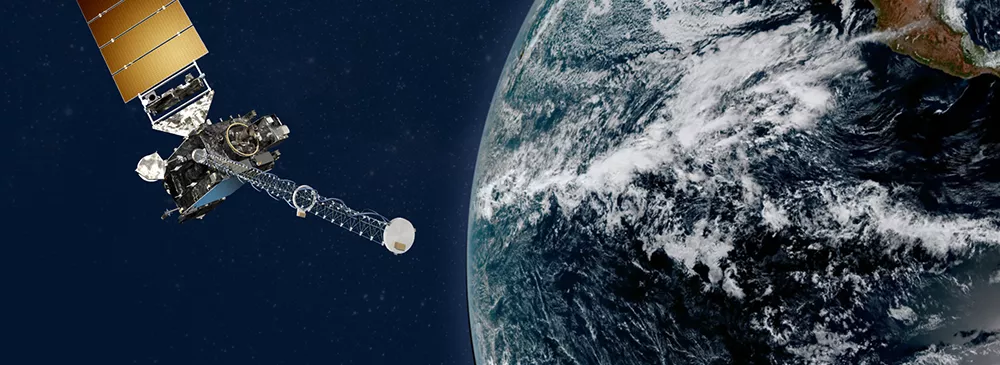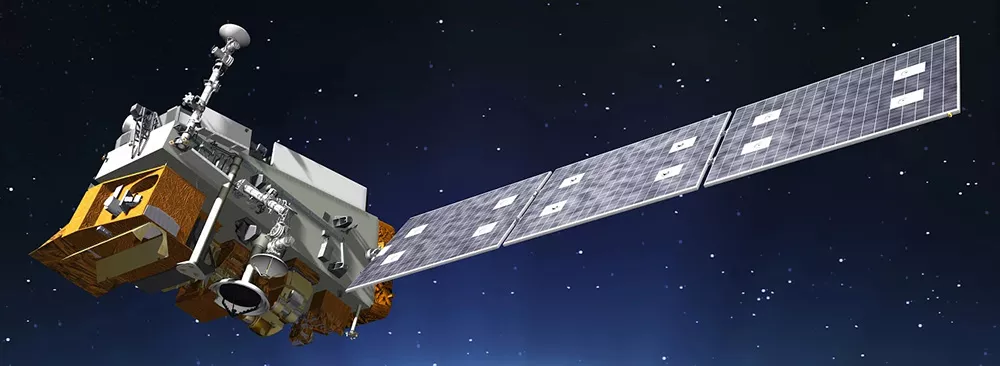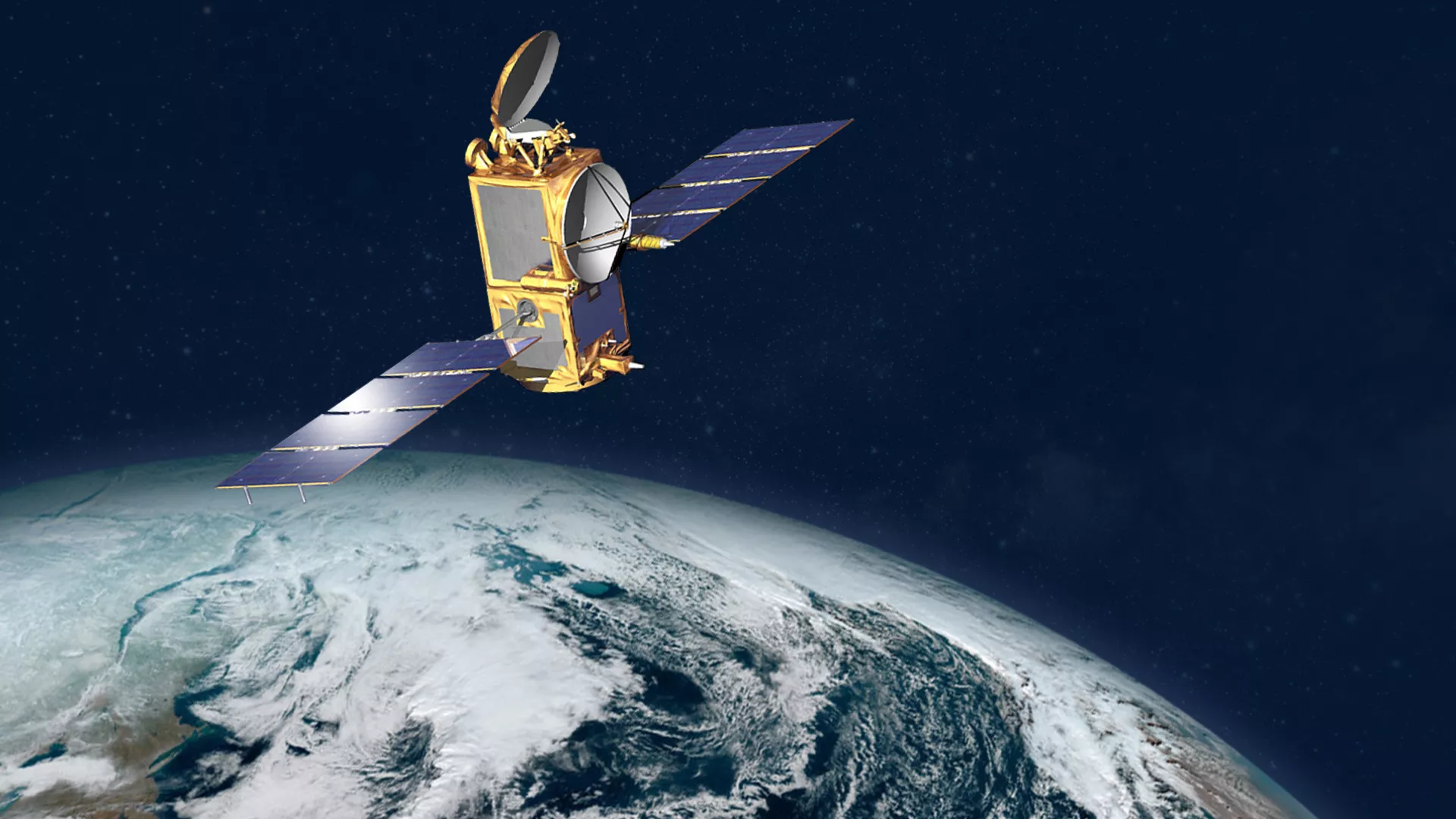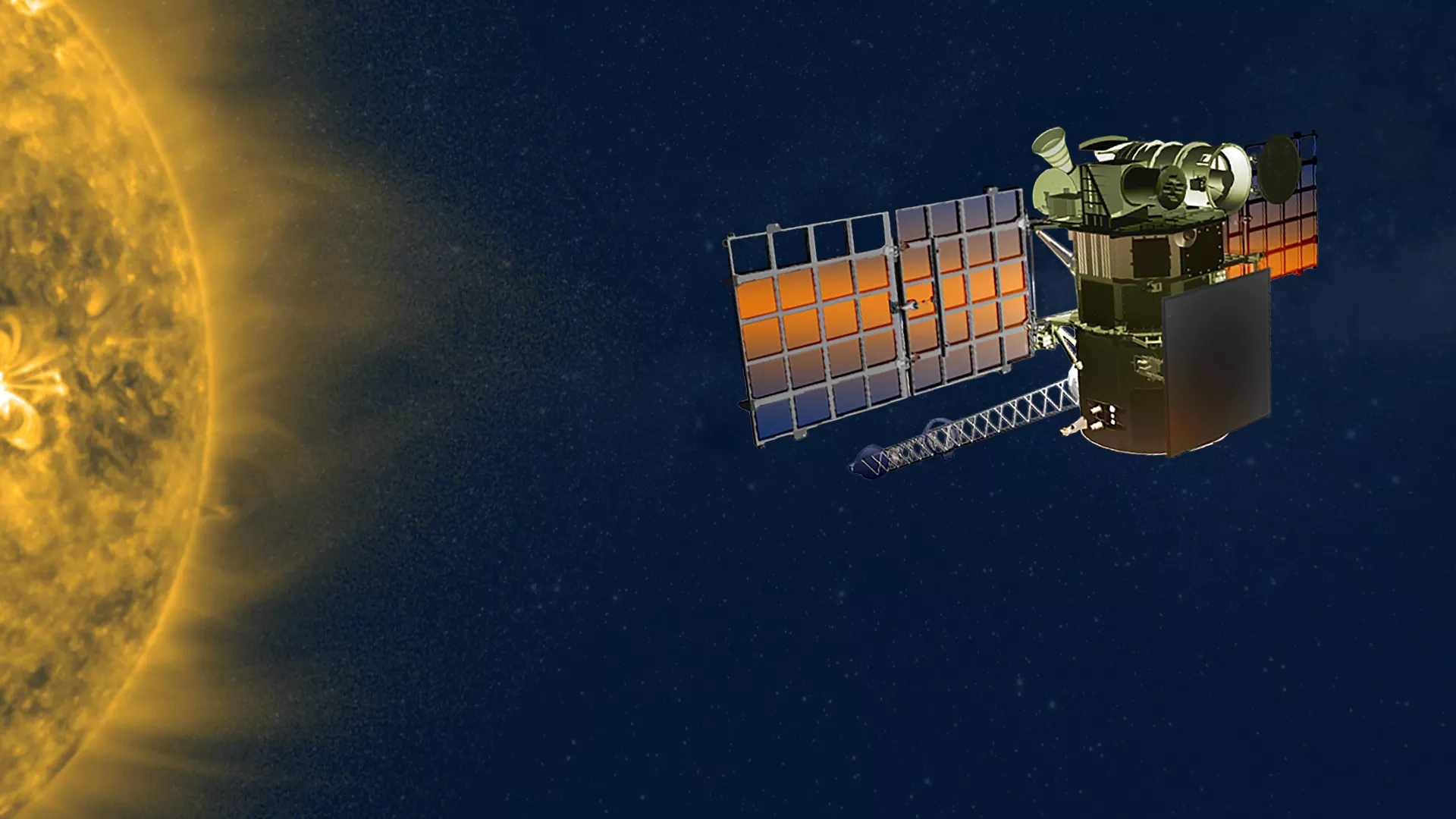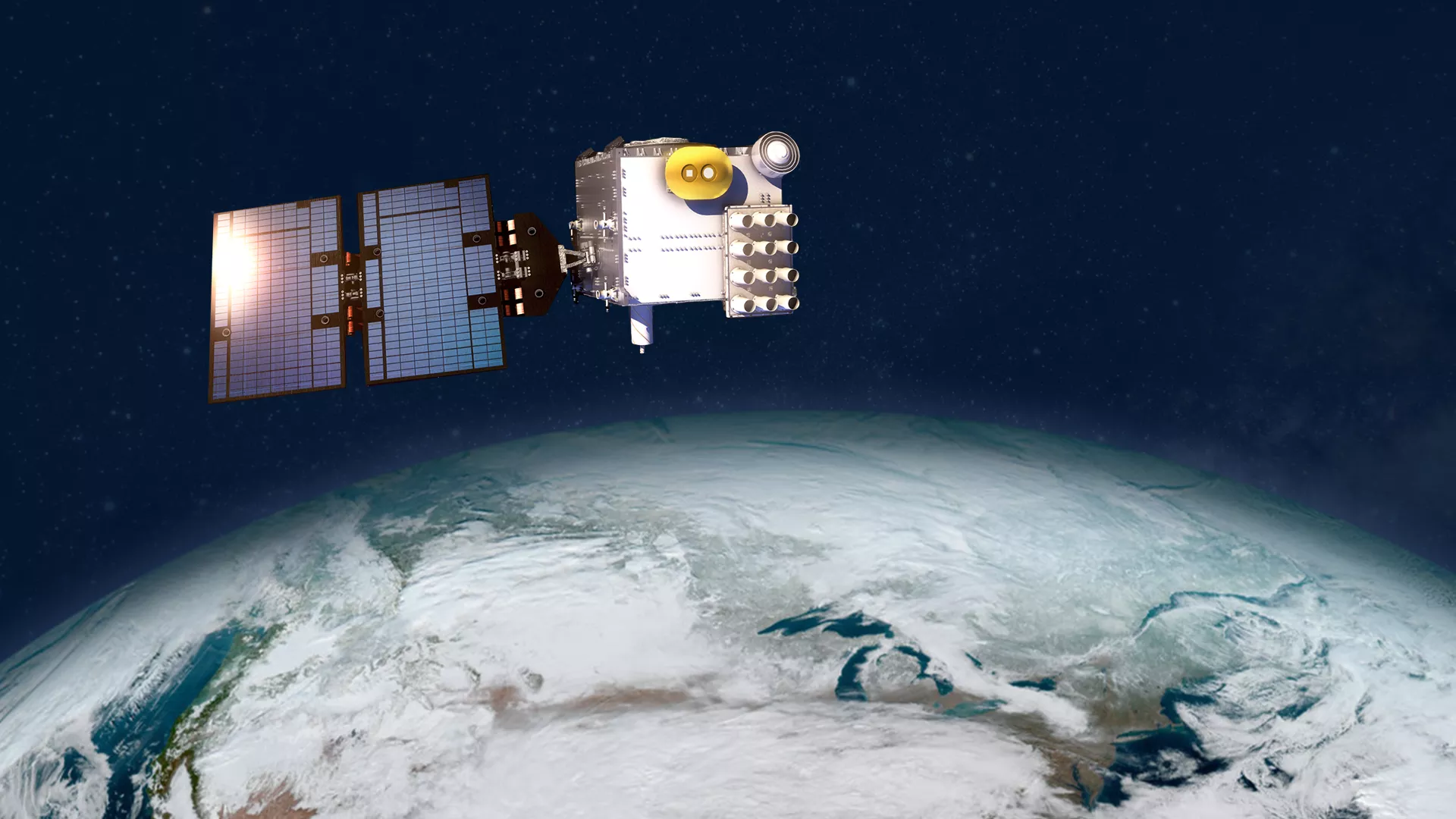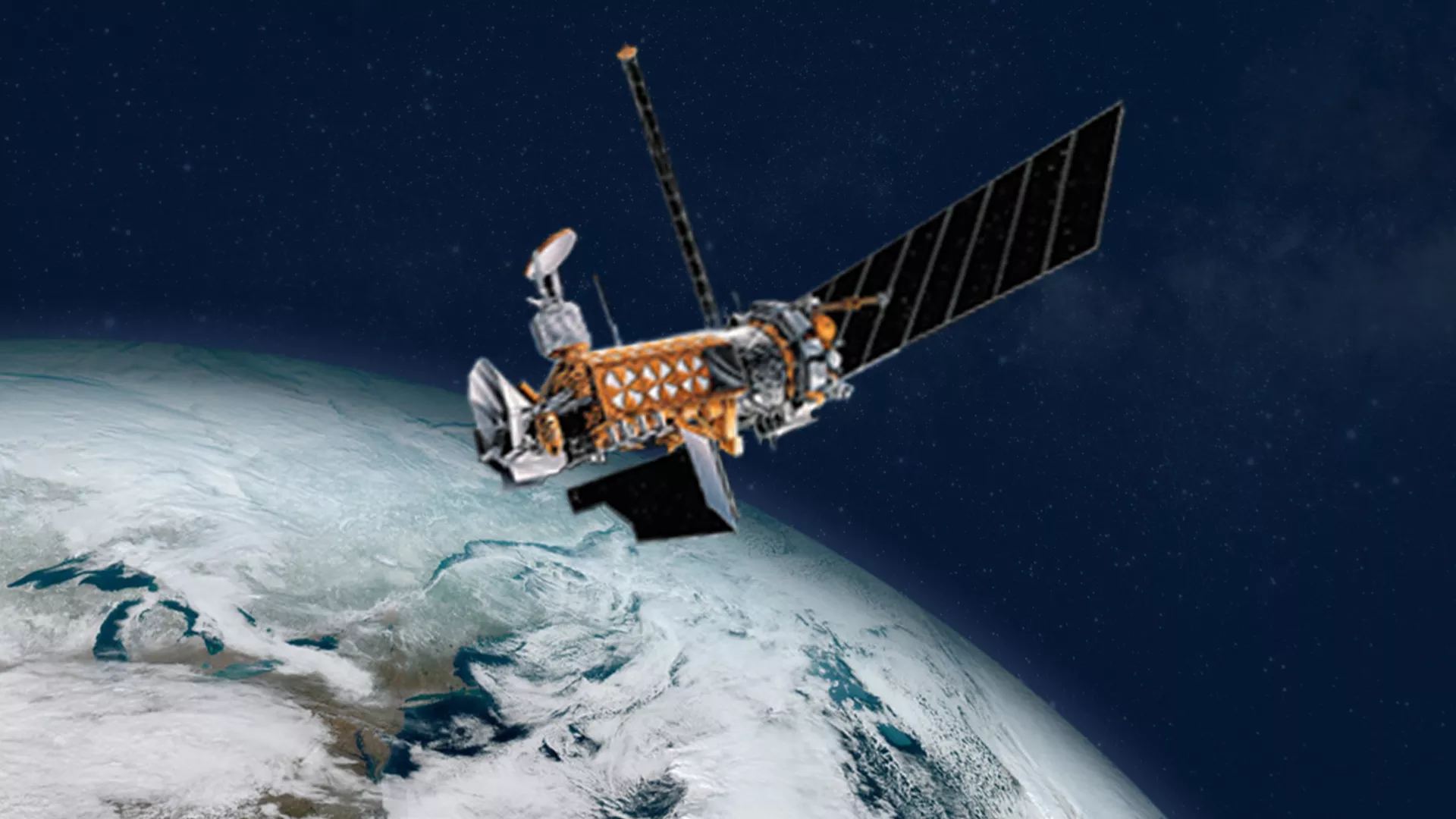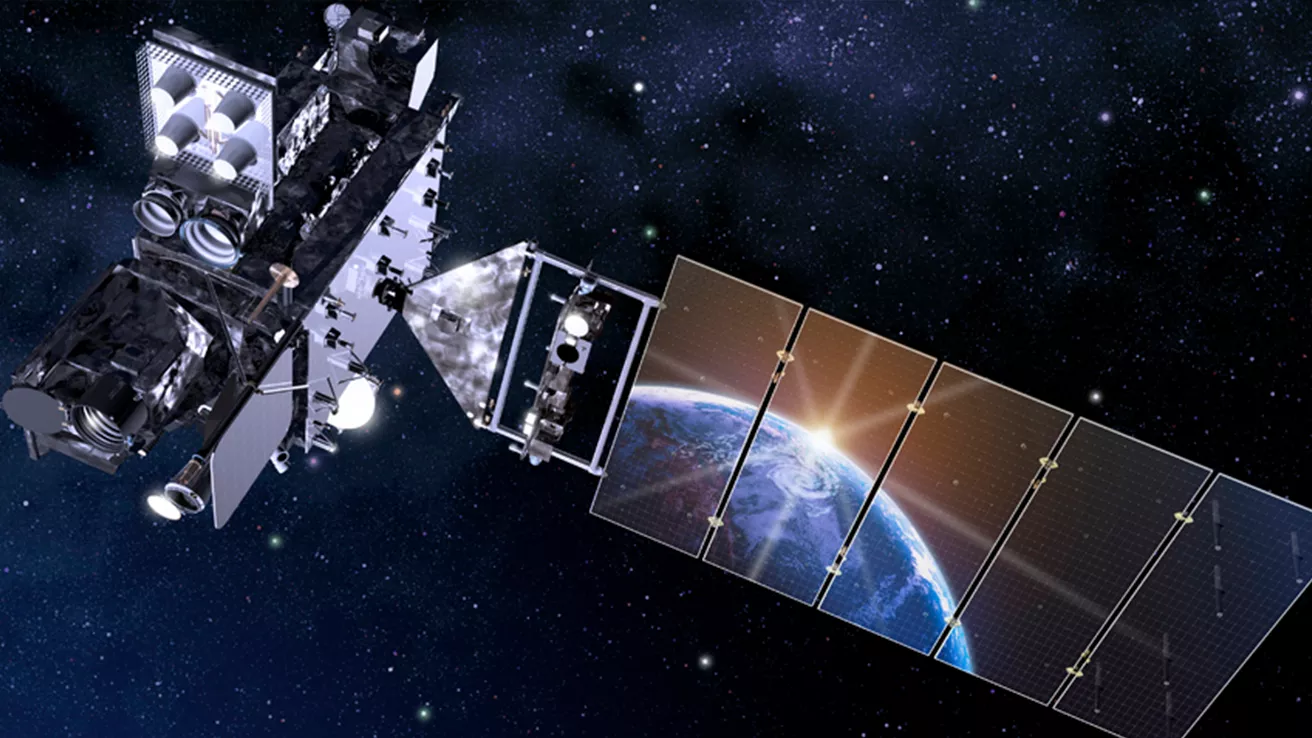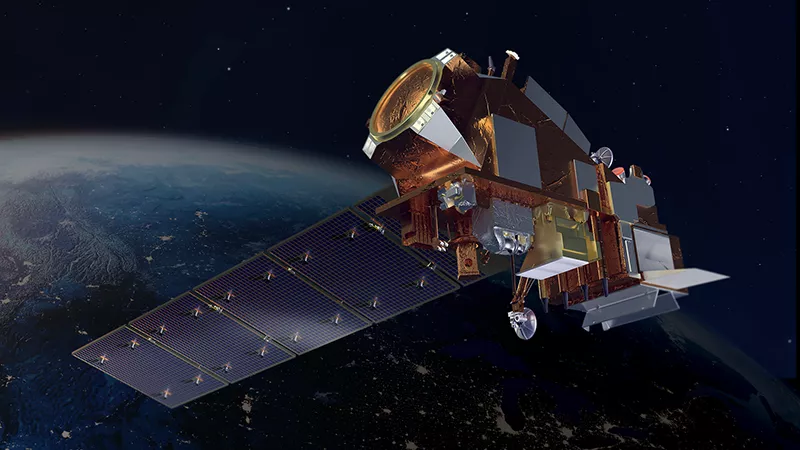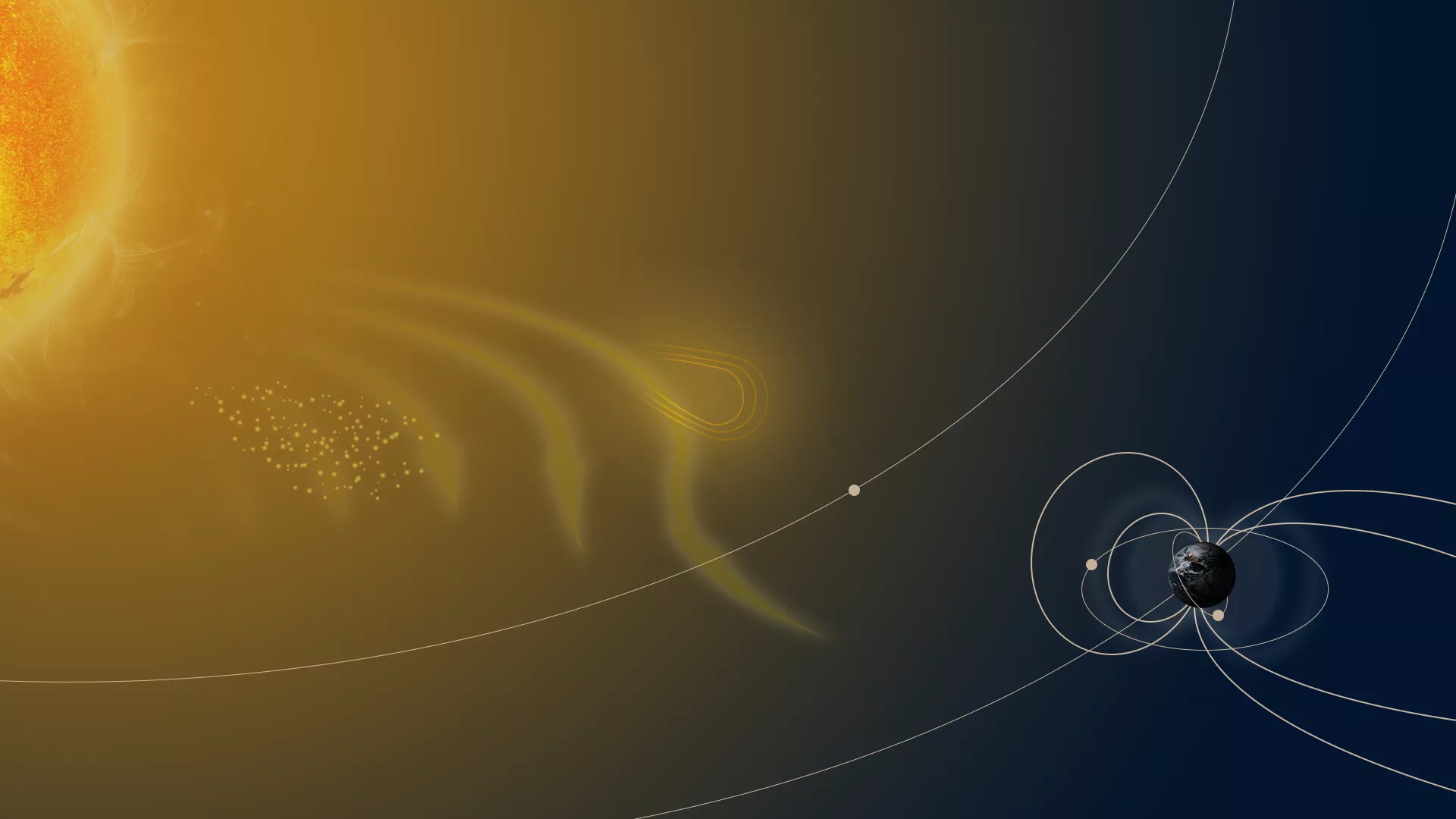NOAA owns or operates a total of 18 satellites.
NOAA owns and operates eleven satellites, which include:
- Five geostationary (GOES-14, -16, -17, -18, and -19)
- Five polar-orbiting (NOAA-15, -18, -19, -20, and -21)
- One deep space satellite (DSCOVR)
NOAA operates but does not own, seven satellites, which include:
- Suomi NPP (NOAA/NASA)
- Jason-3 (CNES owns)
- Three Defense Meteorological Satellite Program (DMSP) satellites (F-16, F-17, F-19)
- EWS-G1 and EWS-G2 (Air Force owns, formerly GOES-13 and GOES-15)

Our Satellites
Polar-orbiting Operational Environmental Satellites
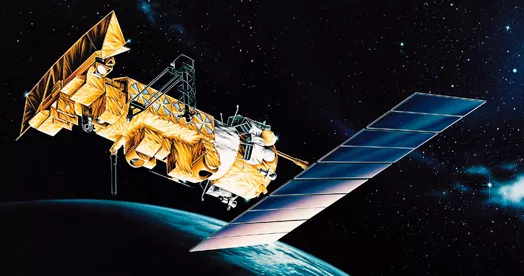
For years, NOAA’s Polar-orbiting Operational Environmental Satellites (POES) satellites have provided the backbone of the global observing system. Our current operational POES satellites include NOAA-15, NOAA-18, and NOAA-19. These satellites have been instrumental in the research and development of the JPSS series.
Today, they operate in various primary and secondary roles, providing additional full global data coverage for a broad range of weather and environmental applications, supporting both short-term weather forecasting and long-term climate and environmental data records.
Satellite Operations
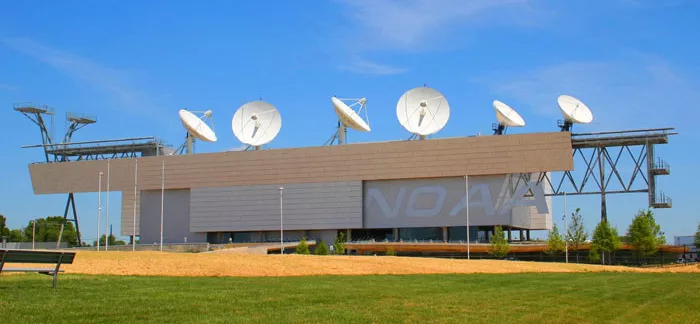
The Office of Satellite Ground Services (OSGS) oversees the development and sustainment of all NESDIS satellite ground systems. These ground systems are vital in order to get information obtained from space to the users who need it on the ground everyday.
The Office of Satellite and Product Operations (OSPO) is responsible for maintaining the comprehensive scheduling and data information for both Geostationary and Polar orbiting satellites, and provides imagery and products derived from the data these satellites collect. These include, near-real time imagery of current or developing cyclones, satellite imagery depicting various sectors of the United States, and an array of other atmospheric data products.
Satellite Programs Launch Date Charts
Related News
-
Parts of the Midwest are cleaning up after thunderstorms barreled through the region on the night…
-
Meet Olaf McCreary, a satellite engineer at NOAA’s Office of Low Earth Orbit Observations.
-
Hurricane Beryl, the first hurricane of the 2024 Atlantic hurricane season, rapidly strengthened to…
-
NOAA’s GOES East (GOES-16) satellite has been carefully monitoring Hurricane Beryl as it travels…
